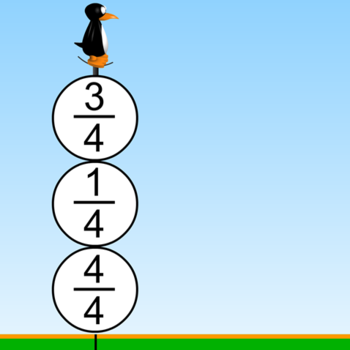
 By Matt Zalaznick, District Administration
By Matt Zalaznick, District AdministrationA blue sky with a few clouds and a penguin named JiJi—along with balloons and the occasional flying saucer—are all the graphics MIND Research Institute needs for its curriculum of K5 math games, ST Math.
There aren’t always numbers, or many words, in the program, which is used in 30 states by about 21,000 teachers and 500,000 students. “Any 2013 game that you look at—in almost all of them there’s a ton of language, a character that talks to you, instructions to read,” says Andrew Coulson, president of MIND Resarch’s education division. “When we look at that, we say, ‘Wow, that’s a lot stuff that’s extraneous to math concepts.”
Some of the nation’s biggest districts, including New York City, Los Angeles and Chicago, use ST Math, which contains 45 to 60 hours of content per grade level. A study in Los Angeles USD showed that students who used ST Math grew in math proficiency twice as fast as those who did not use it, Coulson adds.
The games’ uncluttered design removes languages and other barriers from the learning, Coulson says.
“The important thing is it starts with the content, the math, as simple as it could possibly be,” he says. “You don’t have these layers on top of layers of abstract new things you’ve never heard of—and by the way, it doesn’t matter if you even speak English.”
The level of difficulty increases as players answer questions. Earlier levels are easy so students don’t get frustrated as soon as they start, Coulson says. Another of MIND Research’s key principles of game design is not to give students a big red X when they get a question wrong. Via animation, students are given the reason why the answer is wrong, so, hopefully, they will try the problem again.
“Kids believe that video game designers only give them puzzles and problems that are solvable. They do not believe that anyone would put out a video game that has a puzzle that’s impossible to solve,” he says. On the other hand, students may give up on homework when they get stuck and even their parents can’t help, he says.
Matthew Zalaznick is senior associate editor for District Administration magazine and its sister publication University Business.
This post first appeared on District Administration, October 2013

MIND Research Institute welcomes guest blogs that highlight best practices in math education, blended learning and innovative learning strategies that inspire students at all ages.
Comment